Polestar 2 Long Range Review: Now RWD, But That Doesn’t Really Matter
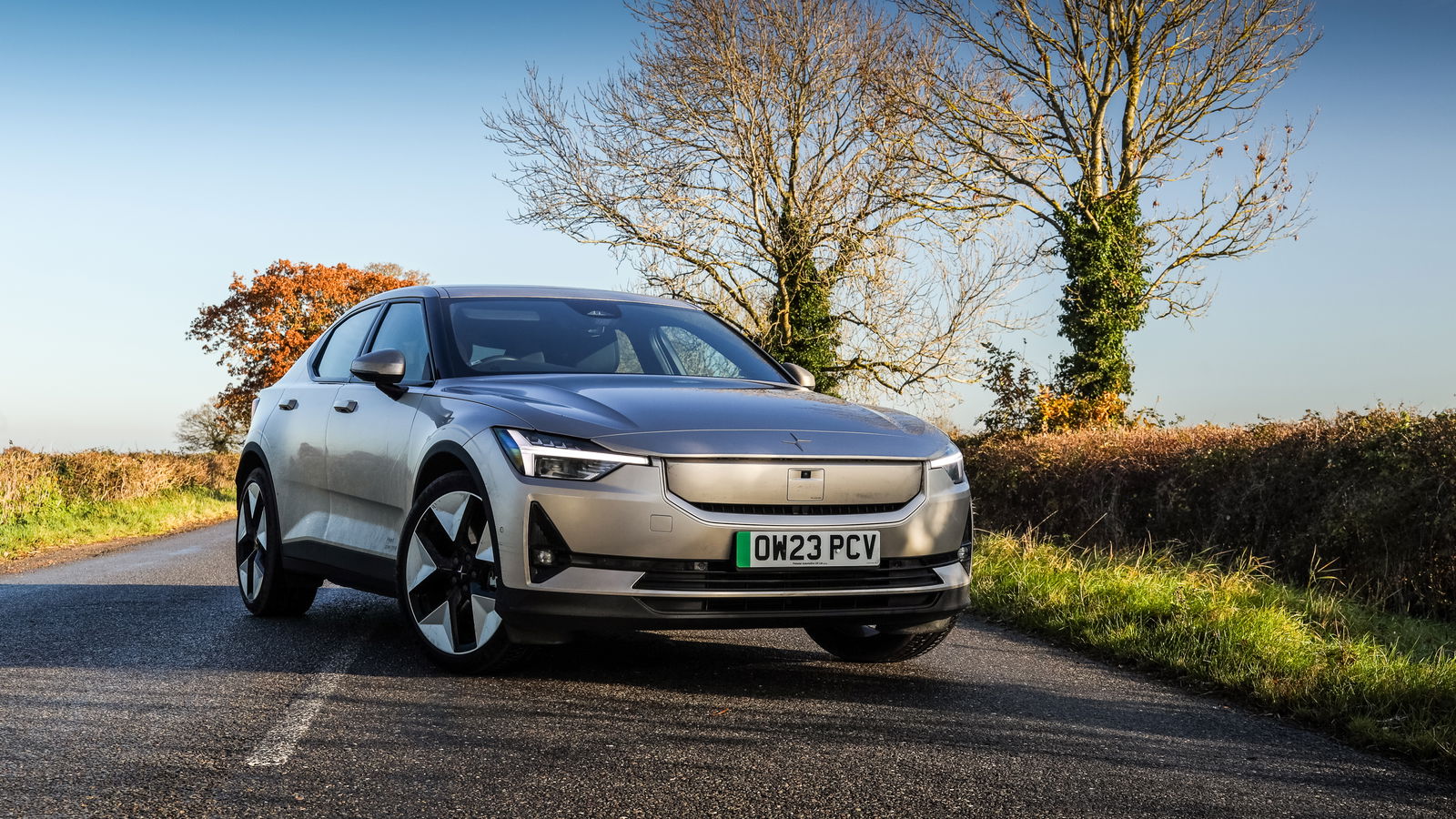
Pros
- Decent rangeVery friendly to drive around town
Cons
- Interior feels a little outdated nowRides a little harshly
“Nice car. What’s the range like?”. This isn’t an uncommon question to be asked when parked up at a charging station in whichever electric press car you’re holding the keys to that week. Rightly or wrongly, range has long been and continues to be the main conversation around EVs.
Unusual, though, is the fact it comes from someone who’s just plugged in their own Polestar 2. Her keen eye has quickly spotted the subtle differences for this mild visual facelift, despite the gloomy night sky hovering over the M1’s Trowell services.
The giveaway between this updated version of the electric hatchback and its predecessor comes in its plastic, body-coloured grille insert in place of the faux-intake on the original which Polestar dubs the “SmartZone” as it hides all the gear for its driver assistance and safety technology. Aesthetically, it’s a subtle, yet appreciated difference on a car with zero need to mimic feeding air into its frunk. New, more aerodynamic wheels feature too.
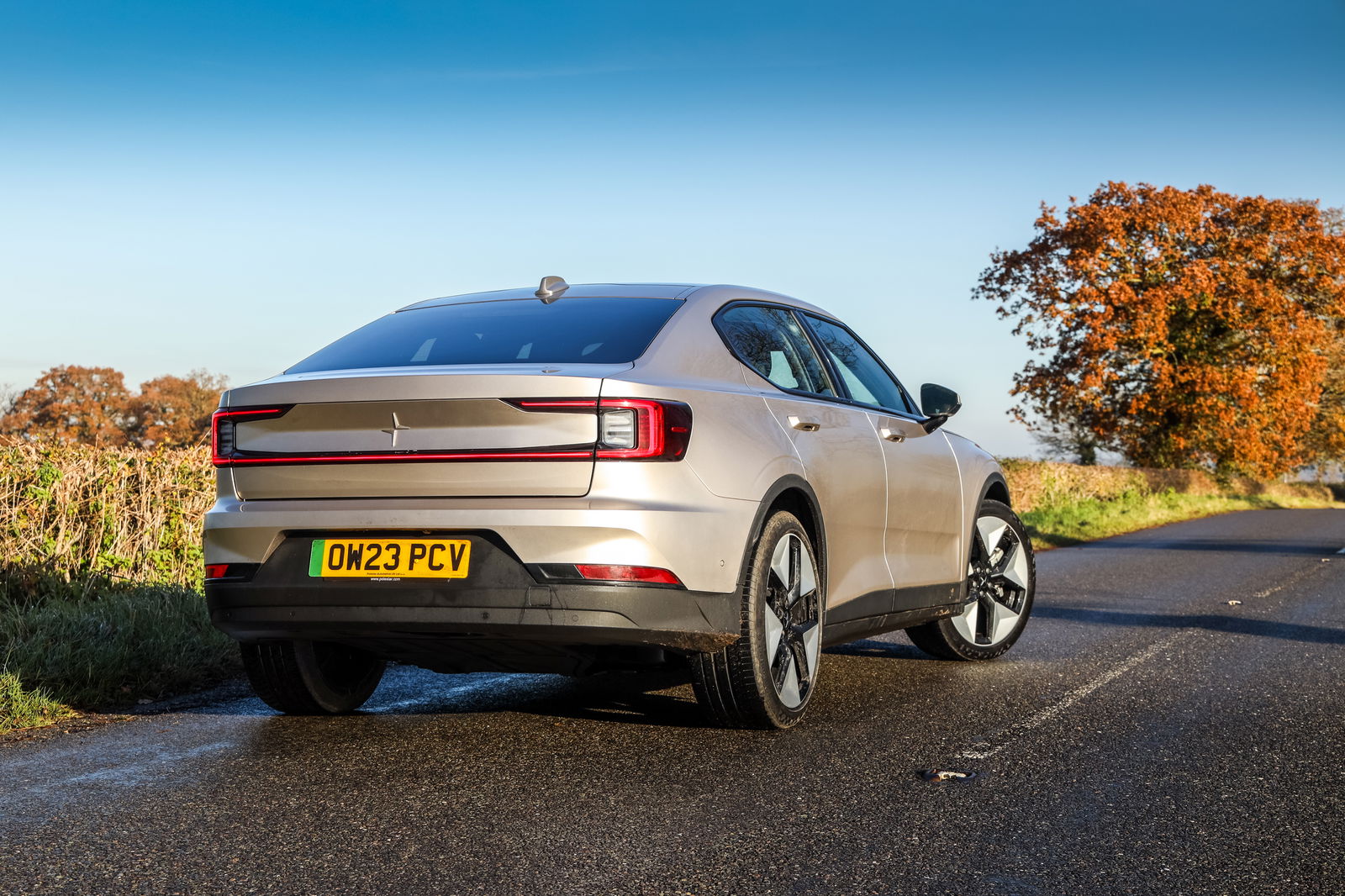
Our friend in the original car could’ve asked me how the updated interior is. Not that the answer would have been interesting, as there are no discernable changes by comparison. Perhaps that’s not the end of the world, as the Polestar 2 has never felt a bad place to be. Material quality is pretty good across the board, though I’d like the seat to be able to go lower as it often feels that you’re perched over the top of a Tonka truck.
However, had I been asked, I could’ve mentioned how the infotainment system feels outdated these days. It’s functional, yes, but compared with Tesla’s comprehensive and easy-to-use system, or even BMW’s cutting-edge iDrive 8, it falls short of the mark.
Its Android-rooted nature makes it criminal that there’s no native support for Android Auto either, despite having baked-in Google Maps and Spotify. Arguably, it wouldn’t matter, but the versions of those found in the mobile mirroring software feel much better optimised for driving than those built-in for the Polestar system.

I may have also mentioned that space in the rear seats is the same as ever, potentially a bit tight for those taller but fine if you’re looking to get a couple of kids' seats in there. Or that boot capacity remains unchanged despite moving this single-motor version from front- to rear-wheel-drive.
Nor the fact that relocation makes the car any more fun to drive, despite Polestar’s press release for the update proclaiming it as such. Shifting that weight over the rear axle does add more traction, but the sheer heft of the larger battery added in this update negates any real benefits. You feel the weight when you’re cornering hard, and it’s not like the car provides much feedback to make it enjoyable anyway. Even if its on-tap 295bhp is pretty spritely. Hardly that any of that matters in a distance-oriented mid-spec electric hatchback.
Neither do I get prompted that outside of a twisty back road, places you’re much more likely to spend time with in your Polestar 2, it’s pretty good - aside from a choppy ride which isn’t flattered by the UKs shoddily-maintained roads. The standard inclusion of a 360-degree camera negates any physical visibility issues you may encounter, and its array of (optional) assistance technology takes a lot of strain from the longer drives. Mind you, the self-steering could do with being more granular in its movements rather than its current craggy nature.

Rather, all of the interest is in that new battery. The new 82kWh unit in this updated Long Range model replaces a 78kWh pack. In optimal conditions, WLTP testing gives it a quoted range of 406 miles between charges, with support for up to 205kW rapid charging. Not that I can take advantage of all of that on this particular M1 charger, mind you.
With 79kWh of its total capacity useable, a week with a car returned an average of 2.8mi/kWh. Do the math, and that’ll put it to a measly 221 miles on a charge. However, 90 per cent of that is spent on the motorway, in near-zero temperatures in December - the least optimal of all conditions for EVs. Some more sedate and town-focused driving knocked that up to 3.4mi/kWh - working out to just shy of 270 miles. Not that I can say with certainty, but expect that to top well over 300 miles with warmer weather at play.
All of which I’m able to tell our curious new friend sat in charging solidarity, nodding with approval. No other questions on the car are asked, and on we go.
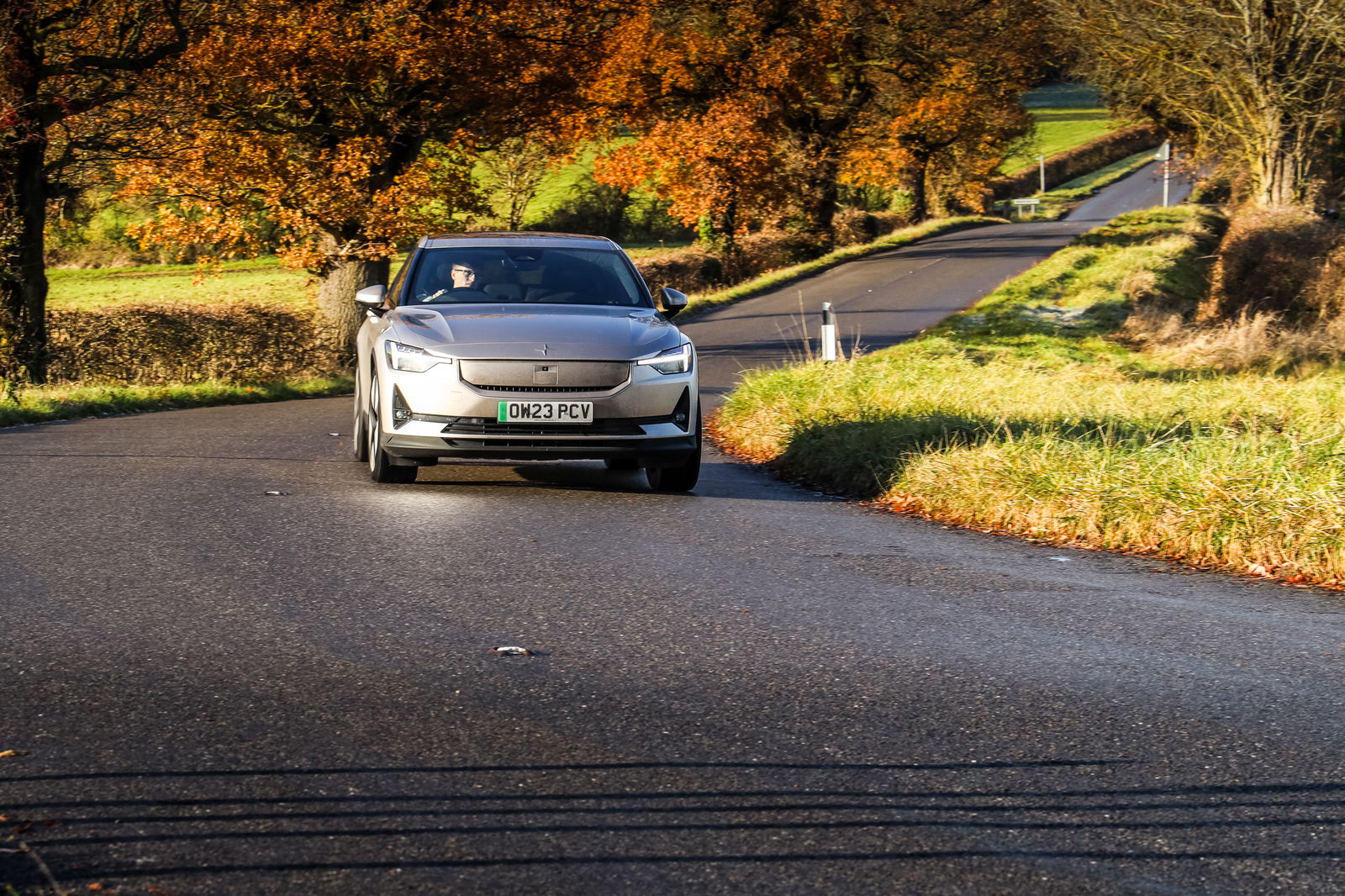
Whether or not the £52,750 cash asking price for this test car would’ve made a difference to her opinion, I’ll never know. A dual-motor Tesla Model 3 Long Range will offer a quoted 390 miles of range, albeit at near-£3,000 cheaper (before options) and with more performance. Then again, an equivalent BMW i4 will set you back around £8,000 over the Polestar we have specced here.
In the year 2024, you’d hope range wouldn’t be the be-all and end-all of everything. However, for some, it’s still the case. In that respect, Polestar has knocked it out of the park.











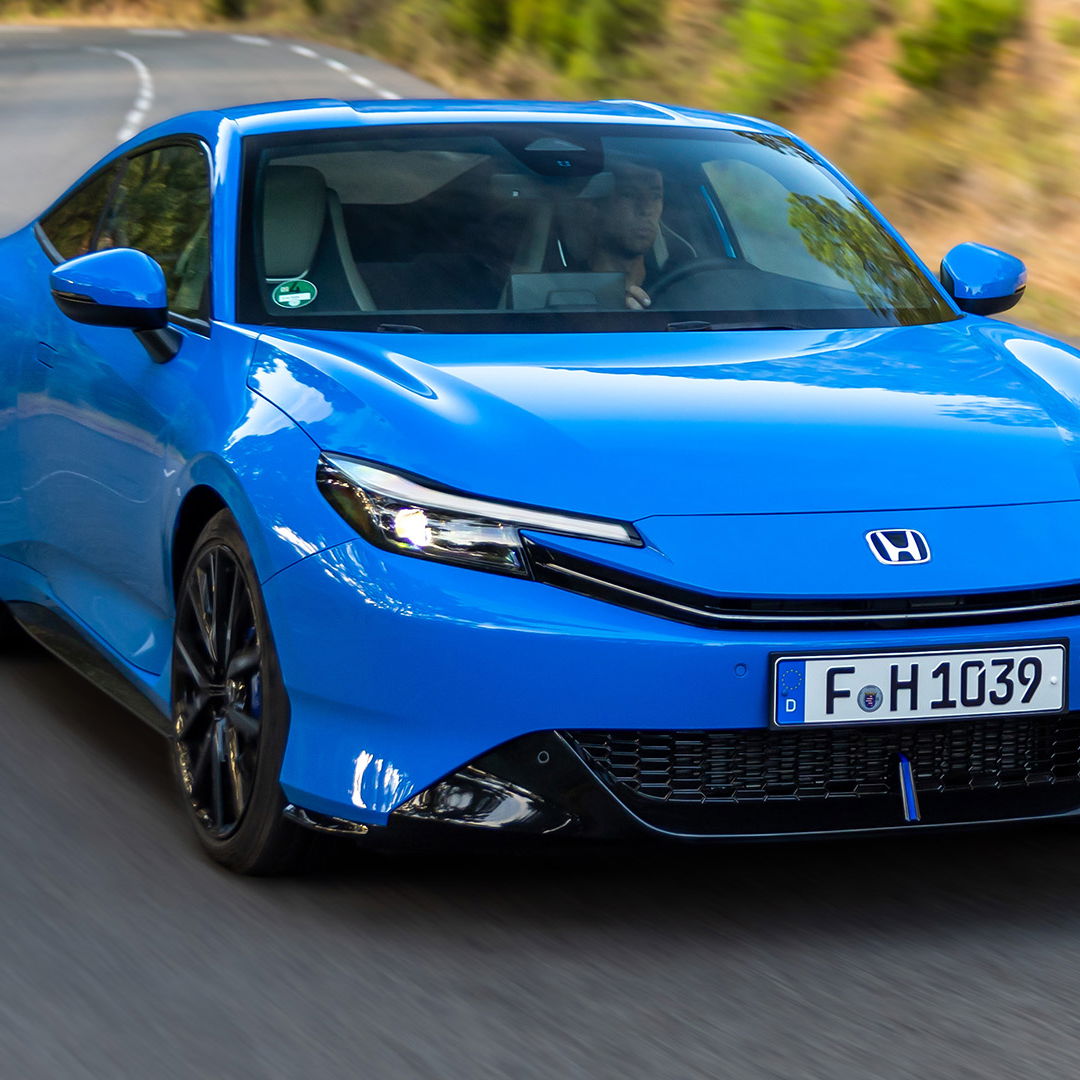
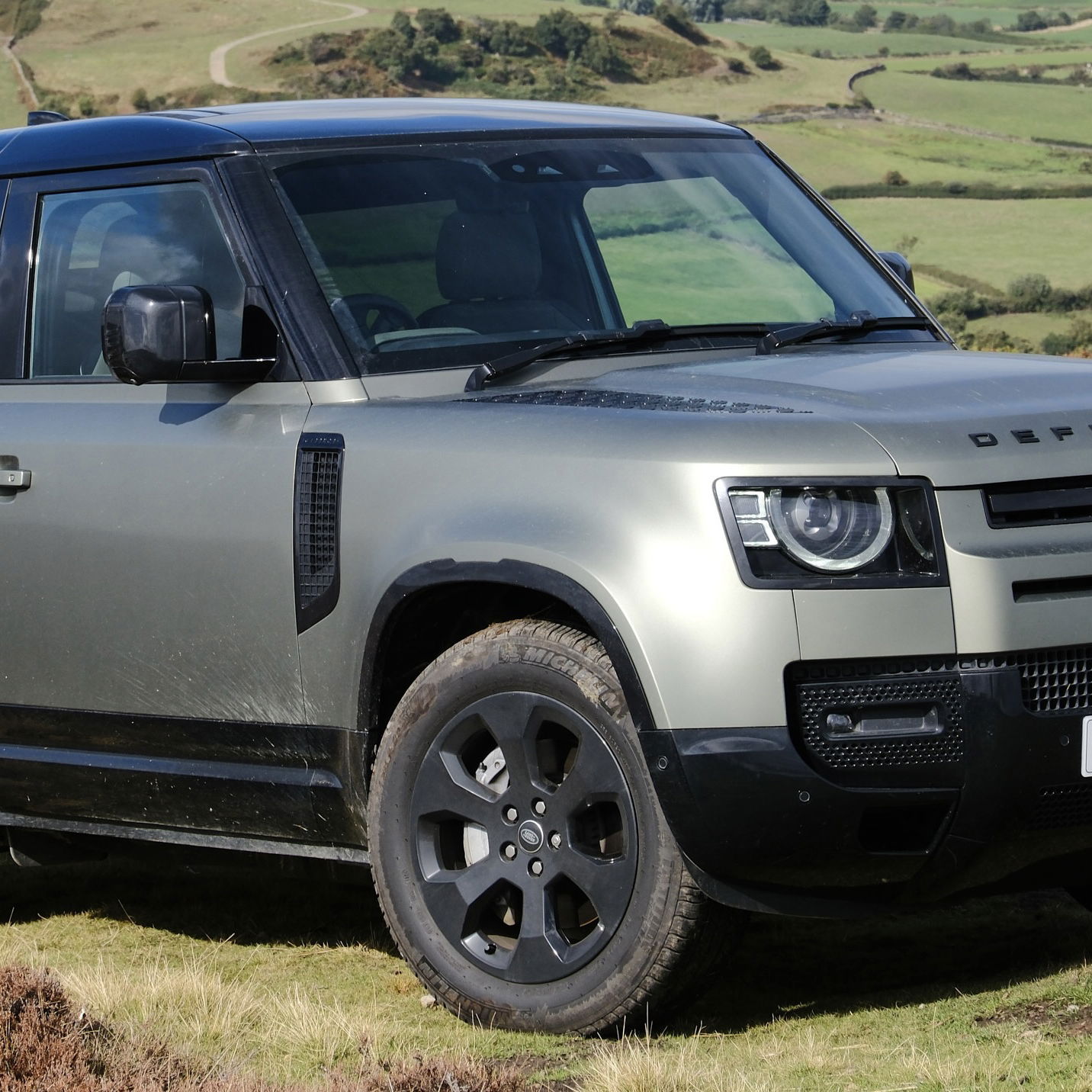


Comments